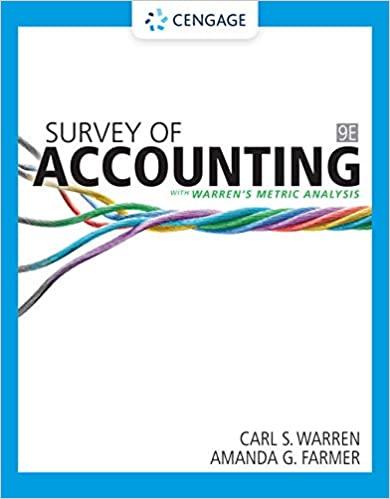
Please help me with these questions.I need solutions for all of them.Refer images for questions
1.Question 1 Boris Company has multiple business units. Unit A has the following information: sales revenue is $200,000; variable expenses are $140,000; fixed expenses are $100,000. Fixed expenses which are mostly represented by shared capacity costs (e.g., rent, depreciation, etc.) - are allocated evenly to the business units. What is the effect on Boris Company as a whole if Unit A is eliminated? (3' Total profit will not change. (I. Total profitwill decrease by $60,000. r. Total profitwill decrease by $40,000. It. Total profit will increase by $40,000. 2.Question 2 Lillian Corporation currently makes a key input into its main product. Bernard, a manager within Lillian, is arguing that the organization should outsource production of this input, and buy it from a third-party supplier. Currently, the per-unit manufacturing costs are $18 in materials, $20 in labor, $12 in variable manufacturing overhead, and $8 in fixed costs per unit. The fixed costs are allocated from the total of fixed costs generated by the entire factory. Bernard's thirdparty supplier would charge Lillian $60 per unit, and could sell to Lillian the entire 1,000 units Lillian needs each year. Also, if Bernard's plan is implemented, it can use the capacity currently being used to produce an input to generate additional profit of $11,000. Assuming Lillian is adopting a financial perspective, which of the following is true? 1 point (I. Lillian should follow Bernard's plan, because doing so will increase profits by $1,000. It. Lillian should follow Bernard's plan, because doing so will increase profits by $9,000. (I; Lillian should not follow Bernard's plan, because doing so will decrease profits by $10,000. r. Lillian should not follow Bernard's plan. because doing so will decrease profits by $2,000. 3.Question 3 Jonathan Corporation makes an unassembled chair that sells for $25. Product costs are $8 per chair. Lois, the product line manager, suggests that Jonathan Corp. should instead sell an assembled chair, as revenues will be higher. The market price for the assembled chair would be $30. The cost of additional assembly is $4. Which of the following statements are true? (Check all that apply.) I' The $30 market price for the assembled chair is relevant. I The $4 cost of additional assembly is irrelevant. I The $8 product costs of the unassembled chair are relevant. I- The $4 cost of additional assembly is relevant. I 4.Question 4 True or false? Fixed costs are always irrelevant in operational decisions. True (I; False 5.Question 5 Replacing equipment is always more expensive. (I; True r. False 6.Question 6 Ryan is a manager in a bank. He is using cost information to make a number of operational decisions. Some of these costs are salaries for other employees, who have formal one-year employment contracts. Which of the following statements are true regarding these costs? (Check all that apply.) 1 point |' Ryan must consider contracted salary costs in most operational decisions. I Ryan can deem contracted salary costs as irrelevant for most operational decisions. I- Ryan can deem contracted salary costs as relevant for most decisions. I Ryan can classify contracted salary costs as sunk. 7.Question 7 Shelby is considering whether to drop a product line from her business. Some administrative costs are being allocated to the product line but will not change in total if Shelby decides to drop the product line. Which of the following statements are true regarding these costs? (Check all that apply.) 1 point I Shelby will drop the product line from her business because of administrative cost savings. |' The allocated administrative costs are irrelevant because they are not direct costs. I Administrative costs are always irrelevant. I










